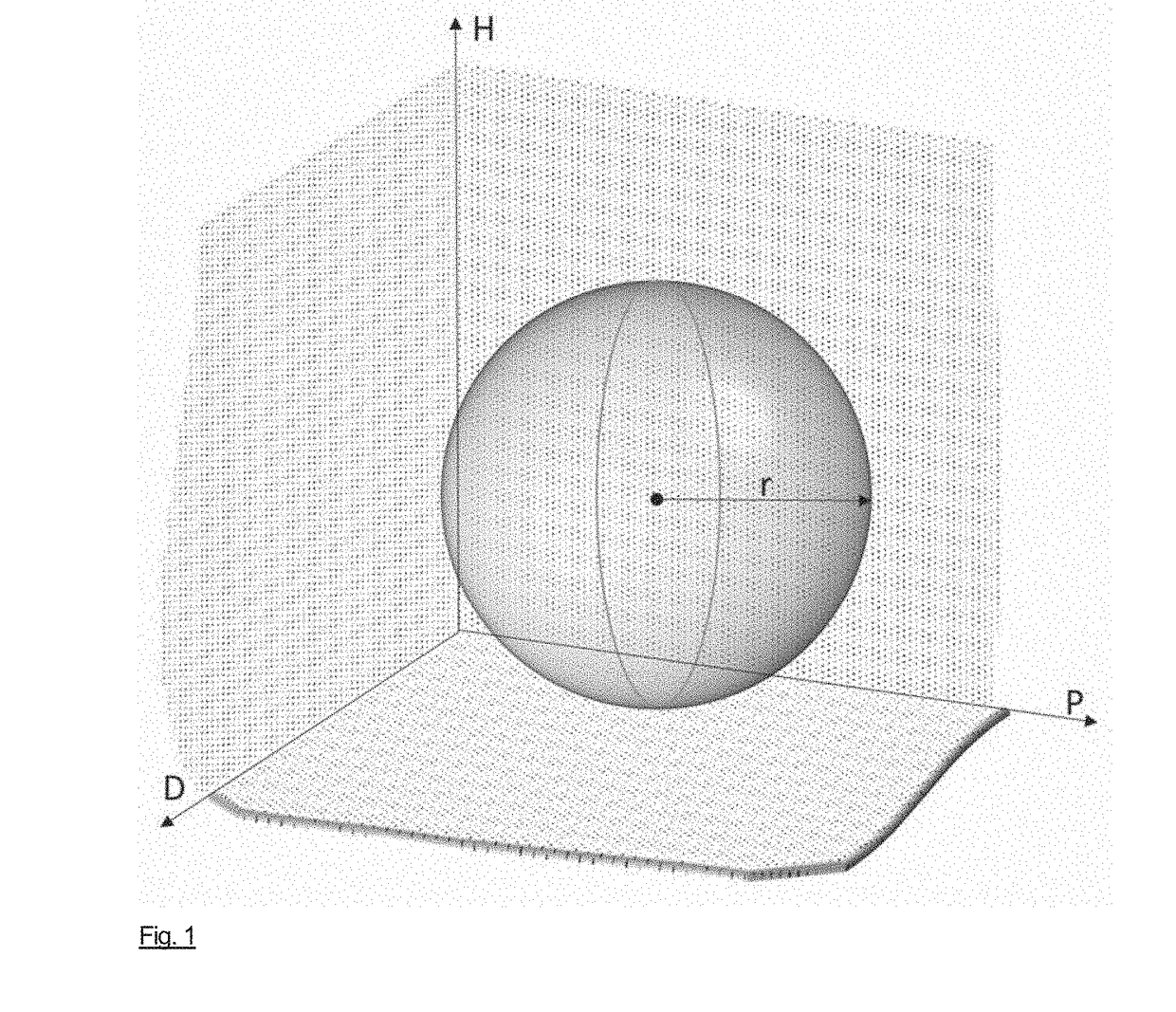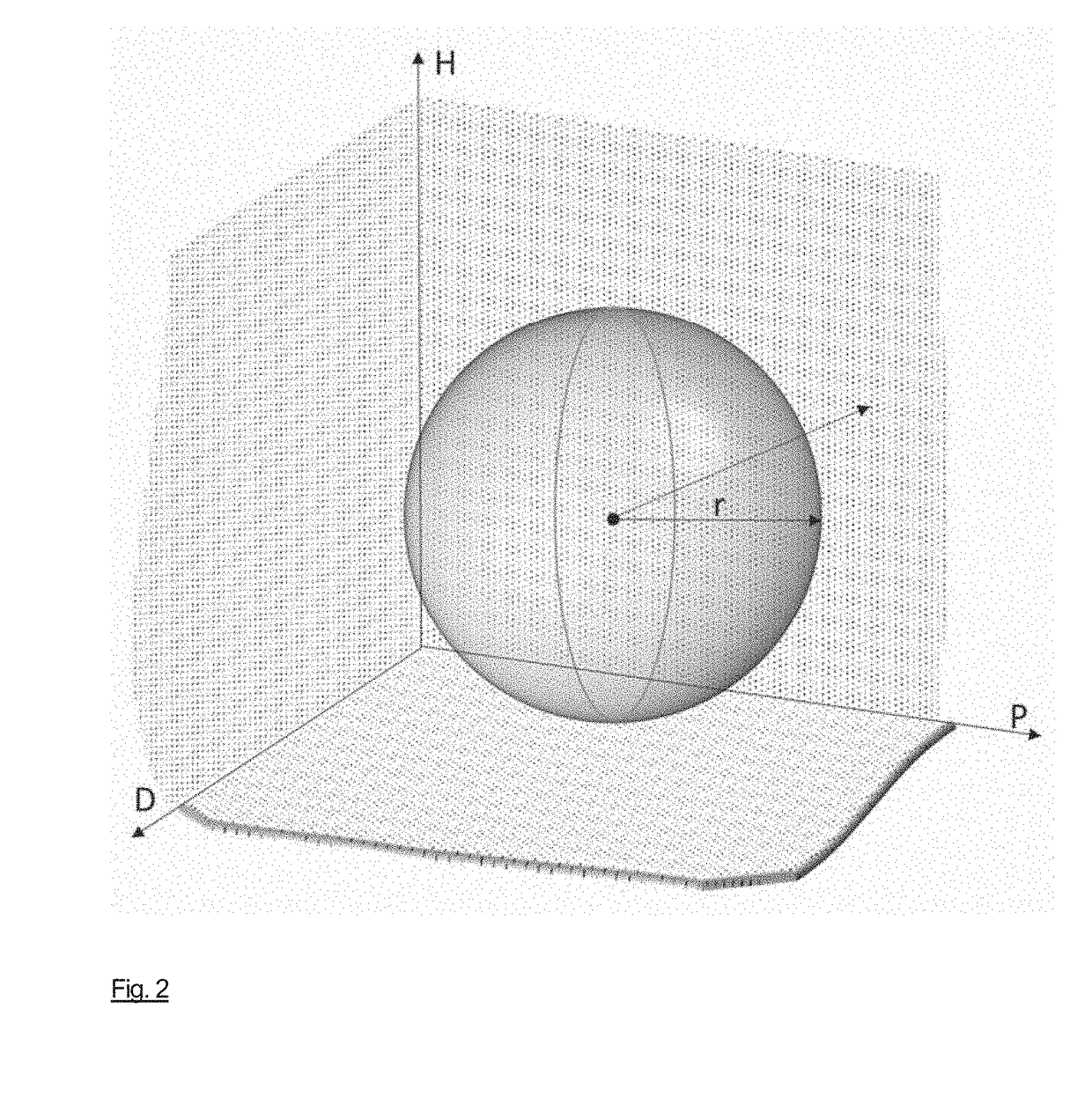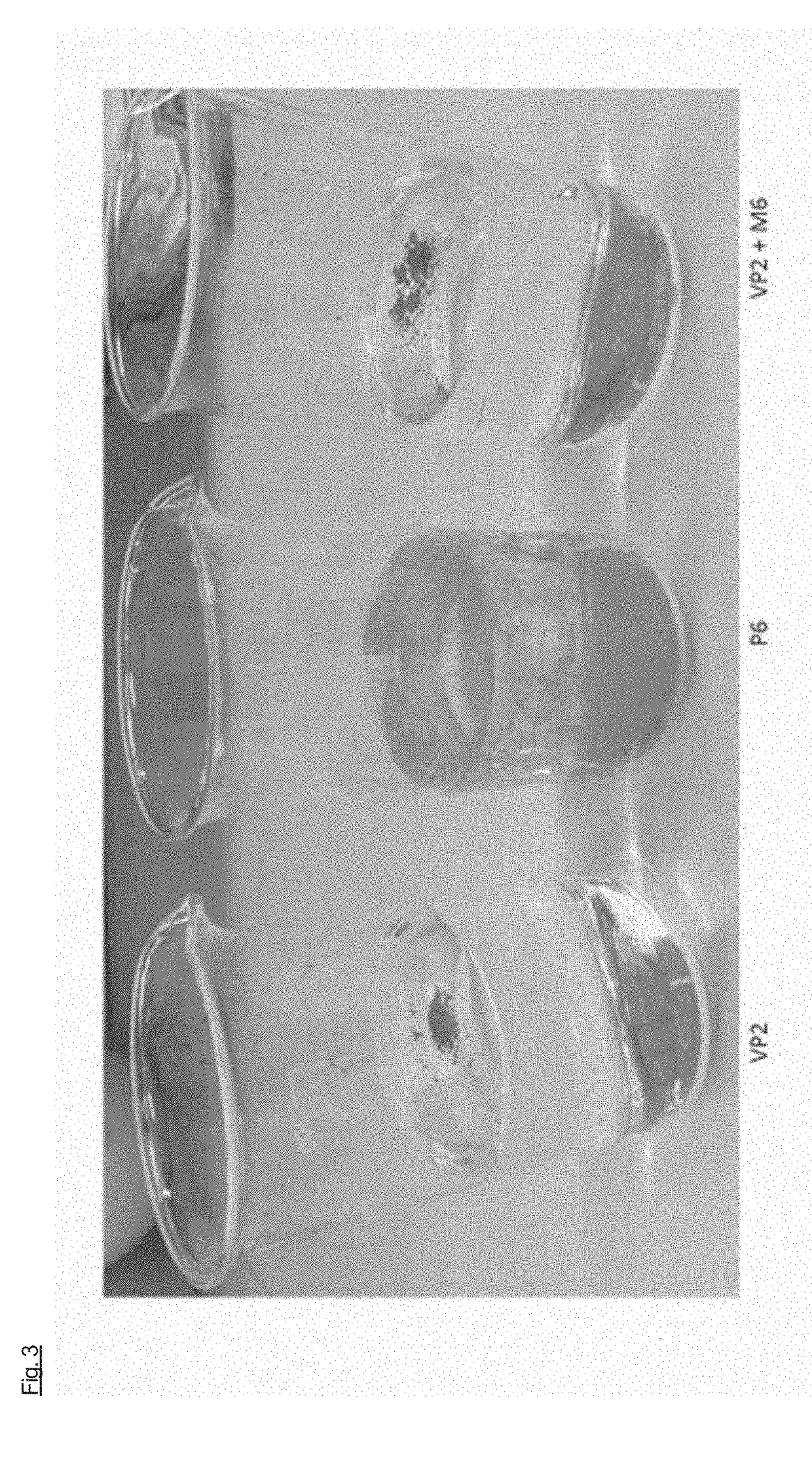Modified pigments and use thereof
a technology of organic pigments and pigments, applied in the field of modified organic pigments, can solve the problems of introducing extraneous substances into the product, forming sediment, and particles of small diameter have a particularly high tendency to agglomerate, and achieve the effect of low molecular weigh
- Summary
- Abstract
- Description
- Claims
- Application Information
AI Technical Summary
Benefits of technology
Problems solved by technology
Method used
Image
Examples
examples
[0084]The subject-matter of the invention will be described by way of example below, without any intention that the invention be restricted to these illustrative embodiments.
[0085]Measurement Methods:
[0086]Parameters or measurements are preferably determined using the methods described hereinbelow. In particular, these methods were used in the examples of the present intellectual property right.
[0087]Application
[0088]The tinted varnishes were applied with a spiral coating bar (100 μm, from TQC GmbH) to test charts (for example from Leneta, Opacity charts, Form 2A).
[0089]In order to assess the performance of the solids with regard to evolution of colour intensity and ease of dispersion, the colour intensity was obtained after drying at 50° C. for 24 h was subjected to a colour measurement.
[0090]Colorimetry
[0091]The colour of the paint surfaces was measured with an X-Rite instrument (model: X-Rite SP 60). The values known as the L*a*b* values according to the CIE-Lab system (CIE=Commi...
PUM
| Property | Measurement | Unit |
|---|---|---|
| Fraction | aaaaa | aaaaa |
| Fraction | aaaaa | aaaaa |
| Fraction | aaaaa | aaaaa |
Abstract
Description
Claims
Application Information
 Login to View More
Login to View More - R&D
- Intellectual Property
- Life Sciences
- Materials
- Tech Scout
- Unparalleled Data Quality
- Higher Quality Content
- 60% Fewer Hallucinations
Browse by: Latest US Patents, China's latest patents, Technical Efficacy Thesaurus, Application Domain, Technology Topic, Popular Technical Reports.
© 2025 PatSnap. All rights reserved.Legal|Privacy policy|Modern Slavery Act Transparency Statement|Sitemap|About US| Contact US: help@patsnap.com



